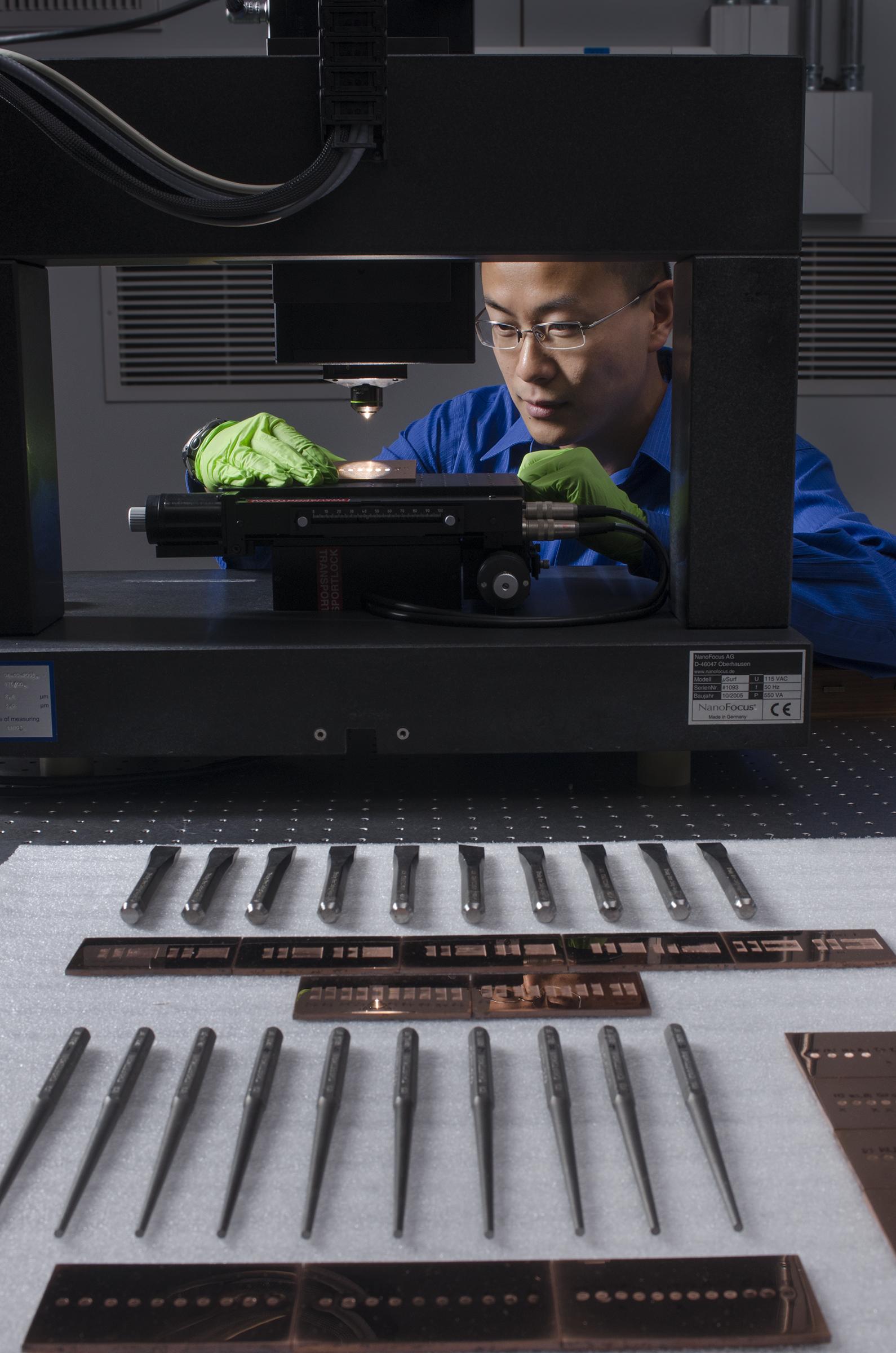kaylight033
Bearcat
I know that measuring the striations on a fired bullet will tie a bullet to a particular barrel. How far does this go? Will measuring striations only identify barrels of different brand/model guns or can the striations identify barrels from identical guns (e.g., same brand/model/production run)?
I guess I didn't explain my question very well. Let's say two people bought Smith & Wesson Shields, same model, same caliber. One gun is used in a crime and the bullet is recovered intact. Can a forensic person who has access to both guns identify which of the two guns Mthe bullet came from?
I guess I didn't explain my question very well. Let's say two people bought Smith & Wesson Shields, same model, same caliber. One gun is used in a crime and the bullet is recovered intact. Can a forensic person who has access to both guns identify which of the two guns Mthe bullet came from?

